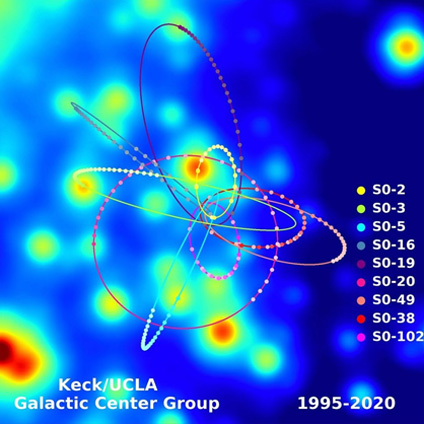BHI Colloquium
Shreya Vardhan

Description
Estimating time in quantum chaotic systems and black holes
Abstract: A pure state obtained from a unitary quantum chaotic evolution at late times resembles a thermal density matrix, but cannot become equal to a thermal density matrix. The combined state of a black hole and its radiation during the Hawking evaporation process is an example of such a thermalized pure state. A crucial element of the black hole information loss paradox is the distinction that while a thermal density matrix essentially contains no information, a thermalized pure state does contain information in a highly scrambled form.
In this talk, we will focus on another distinction between a thermal density matrix and a thermalized pure state: the former does not evolve with time, while the latter necessarily does. We will give a precise way of quantifying this distinction by applying tools from quantum metrology to a thought experiment where one attempts to estimate the time for which a system has evolved by making measurements on the system. In the black hole evaporation process, we will find that the ability to estimate time using the Hawking radiation is very poor before the Page time, and suddenly improves after the Page time.
When
Monday, November 18, 2024 11:00 AM



